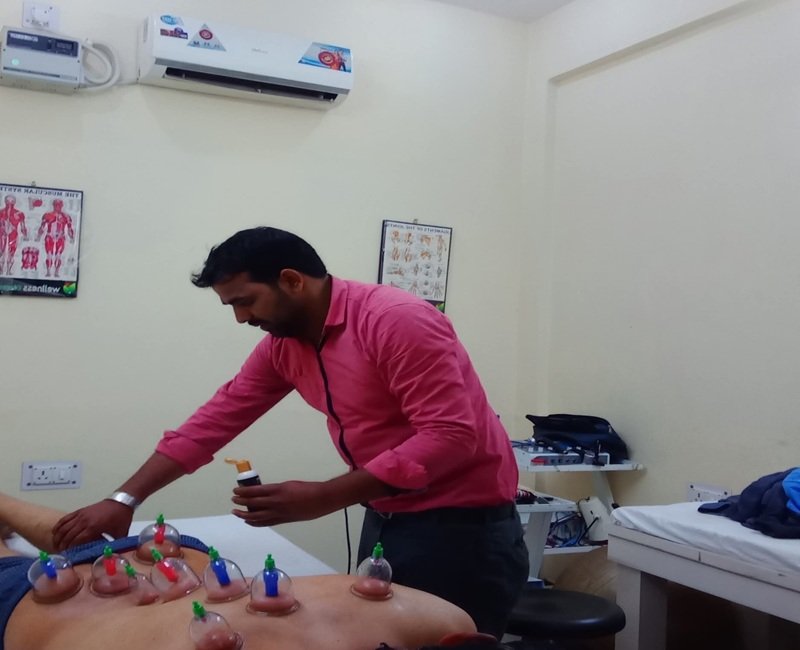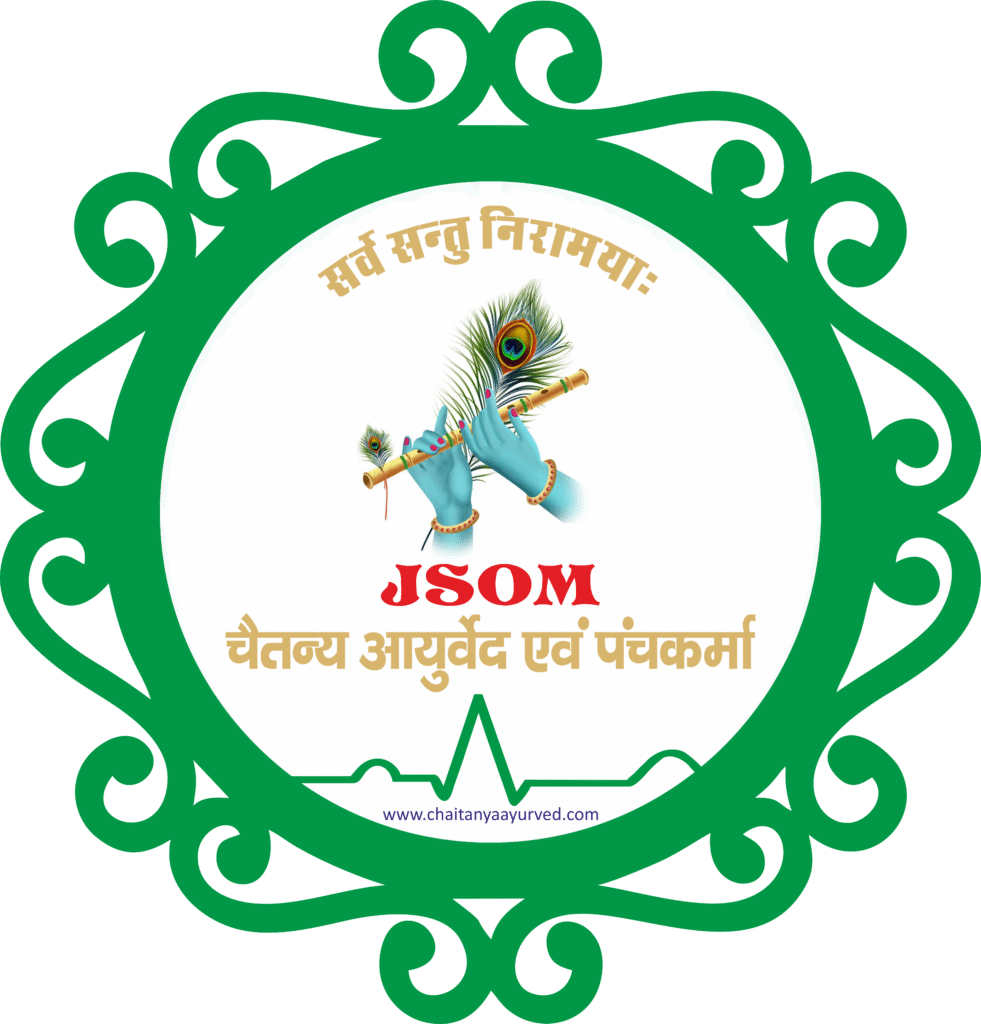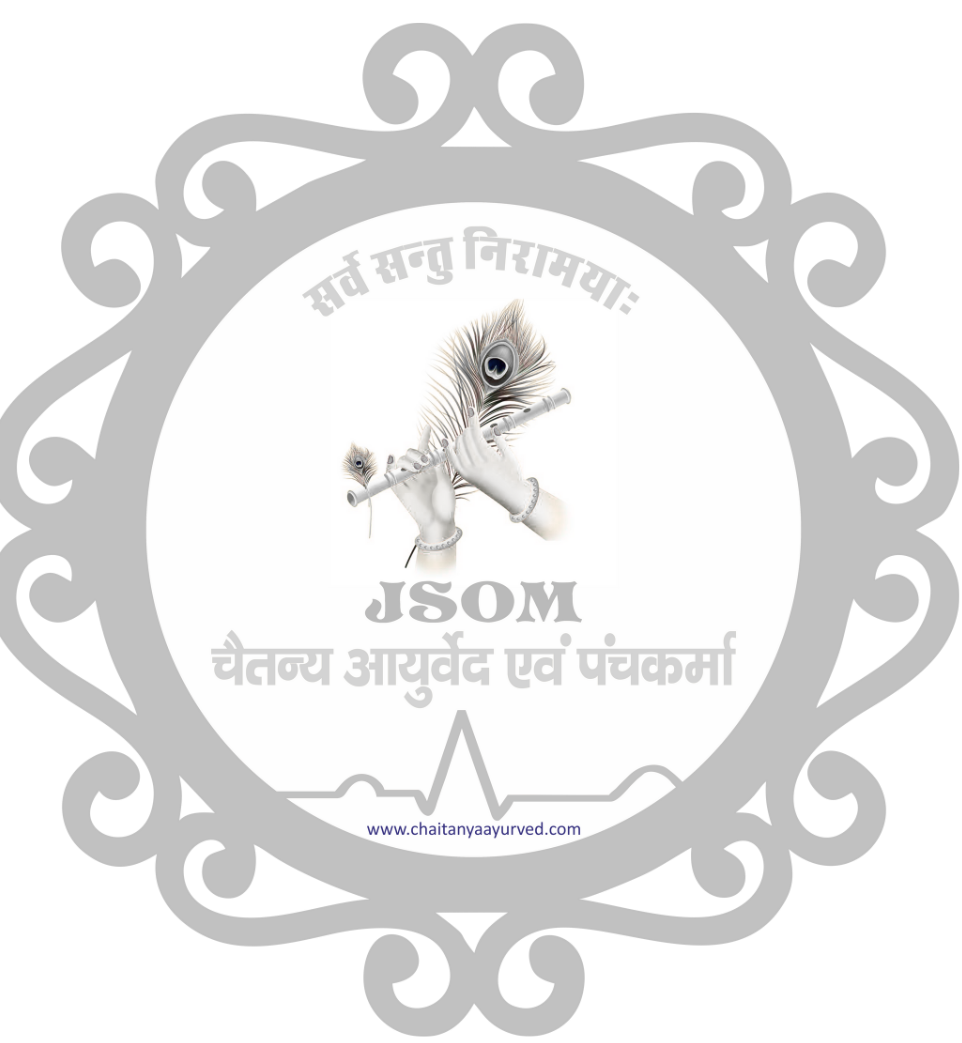Cupping Therapy

Cupping Therapy
Types of Cupping
-
Dry Cupping
-
Only suction is applied using cups.
-
No blood is drawn.
-
-
Wet Cupping (Hijama)
-
After suction, small incisions are made on the skin, and a small amount of blood is drawn out.
-
Believed to remove “toxins” from the body.
-
-
Fire Cupping
-
Heat is used to create suction (placing a flame briefly inside the cup, then placing it on skin).
-
Cups cool down, creating a vacuum.
-
-
Massage Cupping
-
Cups are moved along the skin after applying oil, combining massage and suction.
-
How it Works
-
Suction pulls the skin and underlying tissues upward.
-
This increases blood flow, stretches fascia, and stimulates lymphatic drainage.
-
It’s thought to promote healing by reducing inflammation and improving nutrient delivery to tissues
Benefits of Cupping Therapy
(Based on traditional beliefs and some modern studies)
-
Pain relief (especially for back, neck, and shoulder pain)
-
Muscle relaxation
-
Improved blood circulation
-
Reduction of inflammation
-
Support for detoxification
-
May reduce migraine and headache frequency
-
Can improve skin health (cellulite reduction, acne improvement)
-
Stress and anxiety relief
Precautions
-
Avoid if you have:
-
Skin infections or open wounds
-
Bleeding disorders (e.g., hemophilia)
-
Severe anemia
-
Pregnancy (avoid abdominal/lower back area)
-
-
Always go to a trained and certified practitioner.
-
Ensure cups and equipment are sterilized.
Typical Session
-
Duration: 10–20 minutes per area
-
Frequency: Once or twice a week for therapeutic purposes, or as advised by a practitioner.
-
Post-care: Keep the area warm, stay hydrated, avoid cold showers immediately after.

